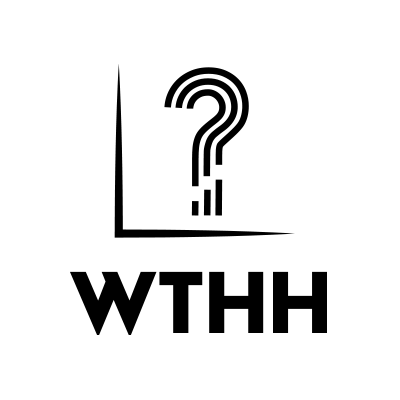A Portrait of Early Voting
By Colin Bowers (@colinsonofroy) and Brandon Williams (@bmwilly)
The New York Times Upshot/Siena polling has provided a fascinating set of microdata to explore common political and electoral questions. On Monday, we used that data to look at how self-identified independents feel about partisan and ideological issues and how their responses relate to Democratic and Republican partisans. Today, we will use that same data to explore one of the most controversial subjects among election experts, early voting.
Thirty-seven states have some sort early voting procedure, allowing their voters to cast their ballot by mail or in-person ahead of election day. Early votes actually count in elections, unlike polling or fundraising numbers, so there is an understandable desire to treat them as a reliable indicator of the election outcome. The reliability of early voting analysis is an open and evolving question but there are clearly some shortcomings and an over-reliance on early voting data can lead to incorrect predictions. Typical early voting analysis uses party registration and demographic information to draw conclusions about the overall electorate. Unusually, the Upshot/Siena data also contains actual votes for early voters so we are able to take this analysis one step further.
As of 10/30, the Upshot/Siena team has polled 42,895 voters in swing districts. Of that number, 2835 indicated to the polling team that they’ve already voted. The figure below shows how those votes are distributed to Democratic and Republican candidates based on party registration. The sample size is quite small but this analysis allows us to look at how often party registration matches with actually voting behavior and look at how voters who are not registered to either party are voting.
Our goal is to show that when you’re looking at early voting returns, it’s important to understand that we don’t know which candidate these voters are choosing.
As expected, early votes for both parties have increased as election day draws closer and more states’ early voting period begins. By two-party early vote share, Democratic candidates have received 56 percent of the vote compared to 44 percent for Republican candidates. This difference is driven primarily by voters not affiliated with either party breaking strongly for Democratic candidates. Fifty-six percent of crossover voters (registered Democrats voting for Republicans or vice versa) are also registered Republicans voting for Democrats.
A closer look at early voting non-partisans shows that 64 percent have voted for Democratic candidates as compared to 36 percent for Republicans. The lighter colors show the cumulative party vote and the dark blue is the delta between the two, which is 167 votes as of 10/30.
It’s important to remember that this data is merely a snapshot of swing districts polled by the Times rather than a comprehensive look at early voting. The districts are spread throughout the country, but the largest states represented in our sample are Florida (109 not party affiliated early voters), California (97), and Utah (86). The national spread is driven by the number of swing districts in a state, the ease of early voting in that state, and when on the calendar the Upshot/Siena team polled each district.
Among the districts with more than a few early votes, non-partisan voters in UT-04, AZ-06, and TX-07 are all breaking left. On the other hand, non-partisan early voters in the Florida governor’s race are currently leaning right. It’s worth remembering that the sample in all of these districts is small, with the largest being 94 non-partisan early voters in UT-04.
Detailed analysis of early voter demographic data means is best left to early voting experts. In the interest of transparency, we do want to discuss the demographics of the sample we used. In the figure below, the length of the bar shows the percent of the non-partisan early voting demographic falling into each category and the color of the bar shows how left-leaning that group’s votes were. An overall look at the demographic profile of non-partisan early voters reveals that our sample is possibly too left-leaning, even though we are only looking at swing districts. It is unlikely that non-partisans in typically conservative groups like voters over 50, voters without a college degree, and white voters will all break left in large numbers.
The demographic data of our sample appears to be driven more by who does not identify with either party rather than who is voting early. Gender provides a good example of this phenomenon. Women tend to vote in higher numbers than men, both early and on election day. However, men are less likely to register with one of the parties, so our early voting sample of non-partisans leans male. The same reasoning can be applied to the other demographic categories as well.
Based on the Upshot/Siena polling data, it looks like non-party affiliated voters in swing districts are breaking towards Democratic candidates. Hopefully, this break will be enough to overcome the gerrymanders in place across the country.
Colin Bowers (@colinsonofroy) is a data analyst and engineer with an interest in using data science to advance progressive causes, especially those related to the environment, international affairs, and social justice.
Brandon Williams (@bmwilly) is a data scientist living in Berlin whose interests include machine learning and prison abolition.





